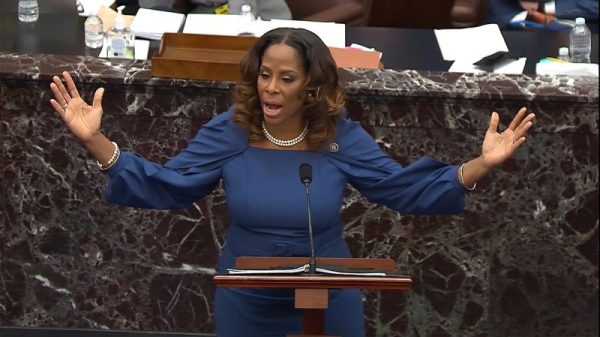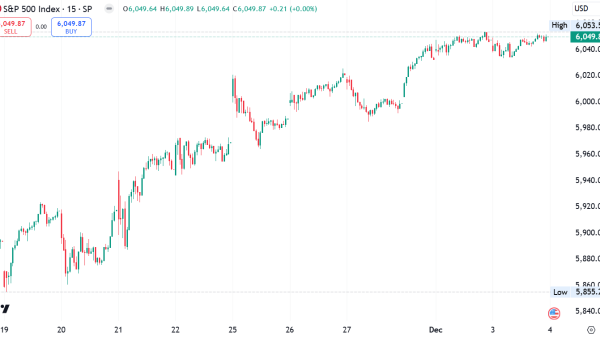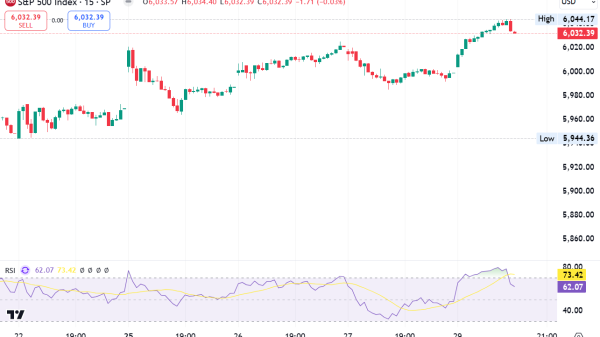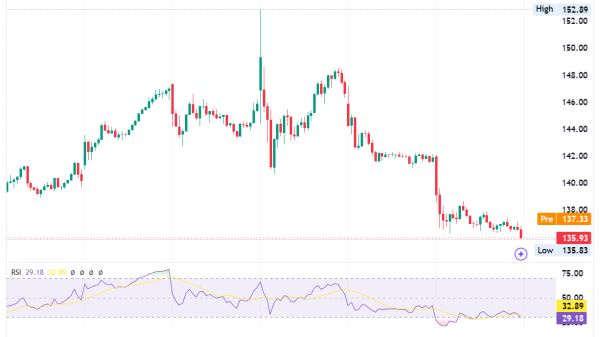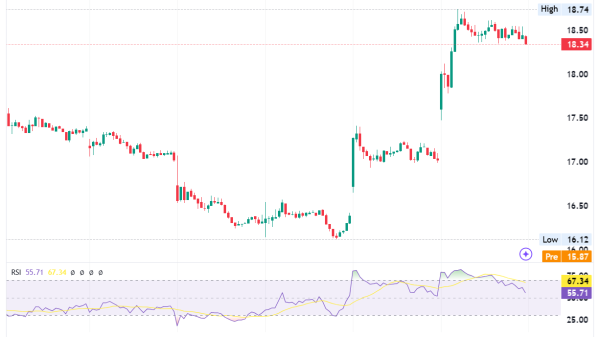How to identify Market Tops and Bottoms the Smart Way?
Key Takeaways of Market Tops and Bottoms
Effective trading requires skillful identification of market tops and bottoms.
Technical analysis tools and patterns can help traders make informed decisions.
Avoid common pitfalls, like overconfidence and misinterpretation of patterns.
Apply risk management techniques and adapt to changing market conditions.
Mastering tops and bottoms is a challenging but rewarding endeavor, crucial for consistent profitability.
Have you ever thought about how to identify market tops and bottoms in the most effective way possible?
Are you interested in price charts, technical analysis, and candlestick patterns? Do you want to learn how these can help you become a better trader and achieve better results in the market?
Experienced or new traders often make mistakes by selling high and buying low, resulting in losses.
Incorrectly identifying price tops and bottoms can greatly impact traders, especially when relying on technical signals like RSI (relative strength index) and MACD divergence.
To protect against this, it is recommended to consider three factors before trying to determine market highs and lows. These factors are mentioned below. However, before we get to that part, let’s begin with the core basics, shall we?
How to best identify top and bottom levels in trading?
Finding high and low points in trading means identifying support and resistance levels, often connected to swing highs and lows. Testing levels more often makes them stronger, often confirmed by tools like Bollinger Bands, Stochastic Oscillator, and Volume Profile.
Think of the top level as a resistance point and the bottom level as a support point. When the price breaches the top level, it can become a new bottom.
Testing levels more often makes them stronger, often confirmed by tools like Bollinger Bands, Stochastic Oscillator, and Volume Profile.
How to pinpoint these levels effectively?
To find these levels, use horizontal lines on your trading chart. See how they interact with the price action around swing highs and lows.
Split the sentence into shorter ones: Turn off candlestick charts. Turn off bar charts.
Draw random horizontal lines. Turn the charts back on to observe price rebounds. Notice repeated bounces. Observe changes in position between high and low levels.
Knowing the highest and lowest levels is important for traders who make money by going against the main trend.
There are various chart patterns that indicate potential high or low points. Some examples of patterns that suggest a high point include double tops, head and shoulders, and rising wedges.
On the other hand, patterns like double bottoms, inverse head and shoulders, and falling wedges suggest a possible low point. These patterns often require breakout confirmation to validate their significance in trading.
Safeguarding Your Trades: A Prudent Approach to Top and Bottom Identification
However, exercise caution when identifying top and bottom levels, as it’s akin to catching a falling knife.Consider these three critical factors before making trading decisions.
Remember to use technical tools like RSI and MACD divergence, along with volume profile analysis. This will improve your trading strategies and help you find potential trading opportunities more accurately.
Is it suitable for novice traders?
Sometimes, both fundamental and technical analyses suggest a market might change, but there’s no guarantee it will actually happen.
This uncertainty becomes particularly apparent when examining patterns like triple tops and bottoms, which often perplex even experienced technical traders.
These complex patterns involve price levels testing resistance or support three times before potentially signaling a reversal. Recognizing these patterns requires a keen eye and a deep understanding of technical analysis, making them a challenge for both novice and professional traders.
What do traders often use?
In technical analysis, traders use tools like standard deviation to measure market volatility and understand the importance of price changes. Nonetheless, relying solely on such tools can be limiting, as the market is not always bound by statistical measures.
Seasoned technical analysts understand the importance of incorporating intuition and market sentiment into their decision-making process.
They use standard deviation as a guide, but market psychology is also important in deciding price levels.
For novice traders, it’s essential to approach the markets with humility and a willingness to learn. Identifying price levels is good, but trading is a mix of art and science.
Technical tools are useful, but it’s important to also know about market and human behavior. Finding price levels is good, but trading is a combination of art and science.
Applying proper risk management techniques is crucial
Ultimately, whether you’re a seasoned technical analyst or just starting out, applying proper risk management techniques is paramount.
This includes setting stop-loss orders, diversifying your portfolio, and always maintaining a flexible mindset that allows you to adapt to changing market conditions.
By combining technical analysis and a holistic market view, traders can trade with more confidence and success.
What are the main aspects of top and bottom trading strategies?
As mentioned earlier, pinpointing tops and bottoms in the market is akin to tossing a knife into the air—its interpretation varies from one trader to another. This means that the technical levels you discern may differ significantly from those perceived by your fellow traders.
Moreover, various factors, including market sentiment, fundamental data, and other market dynamics, hold considerable sway.
When important economic or political data is released, the significance of high and low prices may decrease. This can also impact trading ranges.
Making mistakes on longer retracement time frames in counter-trend strategies can be riskier than on shorter ones. This is particularly true when a trader mistakenly anticipates that a strong trend will suddenly reverse.
How do traders navigate these intricacies?
To navigate these intricacies, traders often rely on technical indicators such as the Relative Strength Index (RSI) and simple moving averages to gauge market sentiment and identify potential turning points.
When a strong trend is in place, traders watch for signs that the price may move higher or reverse its course.
It’s essential to recognize that trading in the hopes of outsmarting the market by predicting precise price movements is fraught with risk.
The forex market’s fluctuations are inherently unpredictable. Any trader claiming otherwise likely exhibits unwarranted self-confidence.
What are the risk management pitfalls here?
Overconfidence can derail traders as they stray from their plans and tighten stop-loss settings, leading to chaotic risk management and potential losses.
Balance and Caution are a must
While spotting tops and bottoms is valuable, flexibility is key. Using technical indicators and acknowledging strong trends and upward potential can improve your strategy. But always prioritize caution and sound risk management to minimize losses.
Bottom line
Mastering Tops & Bottoms is a very challenging process. To be good at finding highs and lows, traders need to be careful and skilled at the same time.
Skilled market navigation helps identify trend reversals, crucial for consistent profitability. By combining technical analysis, market understanding, and robust risk management, traders can unlock the potential of this challenging but rewarding strategy.
The post How to identify Market Tops and Bottoms the Smart Way? appeared first on FinanceBrokerage.





